By Kim Van Haren
Faculty, staff and students of the Thompson Rivers University (TRU) Veterinary Technology Diploma program are letting some big news sink in. The program, offered both on site and through Open Learning, recently received accreditation from the Canadian Veterinary Medical Association.
“We’re thrilled,” says Heather Shannon, program chair and associate teaching professor, adding this means a lot for students graduating.

Heather Shannon, Veterinary Technology chair
“It basically means reciprocity across the country and North America. If students can say they’ve graduated from an accredited program, passed their Veterinary Technician National Examination, registered and are a member in good standing with the BC Veterinary Technologists Association or their equivalent provincial association, then they can call themselves a registered veterinary technologist and move pretty much anywhere for work.”
“Students graduating from TRU’s accredited Veterinary Technology Diploma program are highly trained professionals who are able to secure unique employment opportunities in their chosen career while providing the best standard of veterinary care to their patients,” says Dean of Science Greg Anderson. “This achievement is a result of a team effort involving students, faculty, staff and host clinics across Canada. We’re proud of the new program and the positive impact the accreditation is having on the reputation of the program and TRU in general.”
Program revamp
Formerly known as the Animal Health Technology program, which was also accredited, the Veterinary Technology Diploma program sets students up for success as veterinary care evolves.
“The term ‘animal health technology’ hasn’t been used in Canada for awhile,” says Shannon, “so we decided to do a complete overhaul of the program. We started the revamp in 2019, reviewing the program and aligning the on-site and Open Learning programs to help streamline the accreditation process.”

An animal simulator, in the form of an artificial horse, offers students a chance to learn practical skills.
Shannon and her colleagues rolled the program out slowly, so nothing was missed.
“We didn’t lose the foundation,” she says, “but we just made sure that if there were overlaps, they were removed, and things that needed to be put in were.”
And with the help of many dedicated individuals, the new program came to be.
“It was a lot of work, and I’m so thankful to the faculty we have right now,” says Shannon. “We had this vision, and everybody put in extra time to get it to where it is today. We’re proud of what we’ve done.”
Embracing the role
While Shannon considers the strong foundation and skills students have after they graduate from the program, she also wants them to appreciate the flexibility and opportunities their new profession provides.
“One of the big things that I was able to put into the new program was helping students understand there is longevity in this career,” she says.
“When we teach our students, we teach them what it’s like to work in a clinic, but I also wanted to teach them that it’s okay if working in a clinic isn’t right for you. Don’t leave the profession. There are other things you can do, and we show them what that might look like.”
On-site cohorts currently in the Veterinary Technology Diploma program graduate in June 2024 and those following the program through Open Learning will graduate in December of this year.

